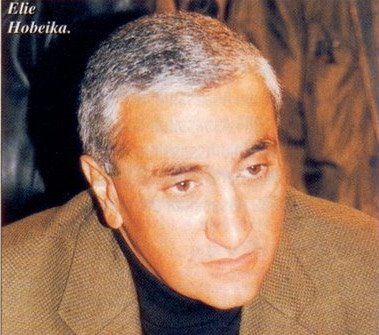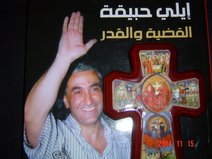

| The ten Tribes with Flags among the thousands to come.... | ||
The flags made in China have once again been folded and put back in the closet. The pathos, tales of bravery and stories of bereavement have been stored away until next year. All the speeches of unity have been completed and the nation?s week has come to an end. We must ask this weekend: Has one people arisen here? Has the melting pot been successful? This is extremely doubtful.
Despite the impressive national recruitment, the (sometimes imposed) Hebraicizing of names, service in the Israel Defense Forces, ingathering of the exiles and integration, Israel has remained a tribal, multinational, multiethnic and multicultural immigrant society. This is so perhaps more than ever, despite a number of unifying symbols including wars and Gilad Shalit. Alongside integration, many processes of segregation and separation prevail, and the lofty words about unity are no more than hollow cliches. Let's recognize that, for better or worse. First, one-quarter of the Jewish state's population is not Jewish, and one-fifth are members of the Arab nation. The language of the Arabs in Israel, their world, culture and viewpoints certainly do not allow them to be part of "the Israeli people." Excluded, discriminated against, ostracized, alienated, and secluded in their towns and villages, they certainly are not part of the tribal campfire. The same is true, but to a lesser extent, of the 1 million immigrants from the former Soviet Union. Among them, too, one can see trends of seclusion and sometimes even arrogance, alongside a measured integration by the second generation. They are all "Russians" rather than Israelis, and it's doubtful whether this will change in the near future. Fact - even the "Mizrahim", most of whom have lived here for around 50 years, are still a separate tribe. Possibly due to discrimination and other reasons, they have not found a respectable place in the country's elite/ Don't mention the exceptions, don't talk about the two presidents, the two foreign ministers and the two chiefs of staff - the Jews of eastern origin, and in particular those from North Africa, have not made it here. They have not secured a place of equality two generations after arriving. Most of them live on the outskirts of large cities or in outlying development towns, and a there are still a great many more immigrants from North Africa in prison than in the top echelons. Every Ashkenazi reader should ask himself how many of his friends are Mizrahim, and every Mizrahi Jew, how many of his friends are Ashkenazi. Let each of us examine whether it?s a matter of chance that we have not had a prime minister of Mizrahi origin. And how many members of the economic, defense, scientific, legal, media and cultural elites are Mizrahim? Yes, there are marriages between the ethnic groups and success stories, which prove the rule, but after two generations the gap has been perpetuated, the bitterness is deep and the way to true integration is still long.; The ingathering of the exiles is good only for Independence Day. And there's more, of course. The ultra-Orthodox Jews live in their own world, more so now than 50 years ago. You will barely see ultra-Orthodox families today in a secular environment. They have less in common with secular Jews than the secular Jews have with members of other peoples. A visit by a secular person to Mea She'arim is like an anthropological tour. The language, newspapers, customs, dress, culture and even the morals are different. The national religious Jews have also become more secluded. What do the hilltop youth have in common with the youth who lit the candles? Very little. The settlers are a closed, isolated and different group. The distance between Tel Aviv and Yitzhar in the West Bank is greater than between Tel Aviv and New York. It?s greater than it ever was. More Tel Avivians have visited New York than Yitzhar. The settlers are living in a bubble; half a century ago, no one spoke of that. Young people are developing a new and strange language. The culture of nightclubs is unfamiliar to most Israelis. This, too, is a new tribe. The old-time kibbutz and moshav sector is a tribe of the past and is disappearing. The youngsters call each other "bro," but the only brothers here are biological ones. The IDF and the education system, which were supposed to be integration's growth engines, did not succeed in unifying. The ultra-Orthodox and the Arabs do not serve in the army, and Tel Avivians enlist less than people in other places do, so there are plenty of ethnic units in the people?s army. This is also true of the schools, only some of which are integrated. In their stead, more and more segregated schools are being established. One nation? That's a far cry from reality. Perhaps not yet lost, but still 10 tribes | ||
| | ||



